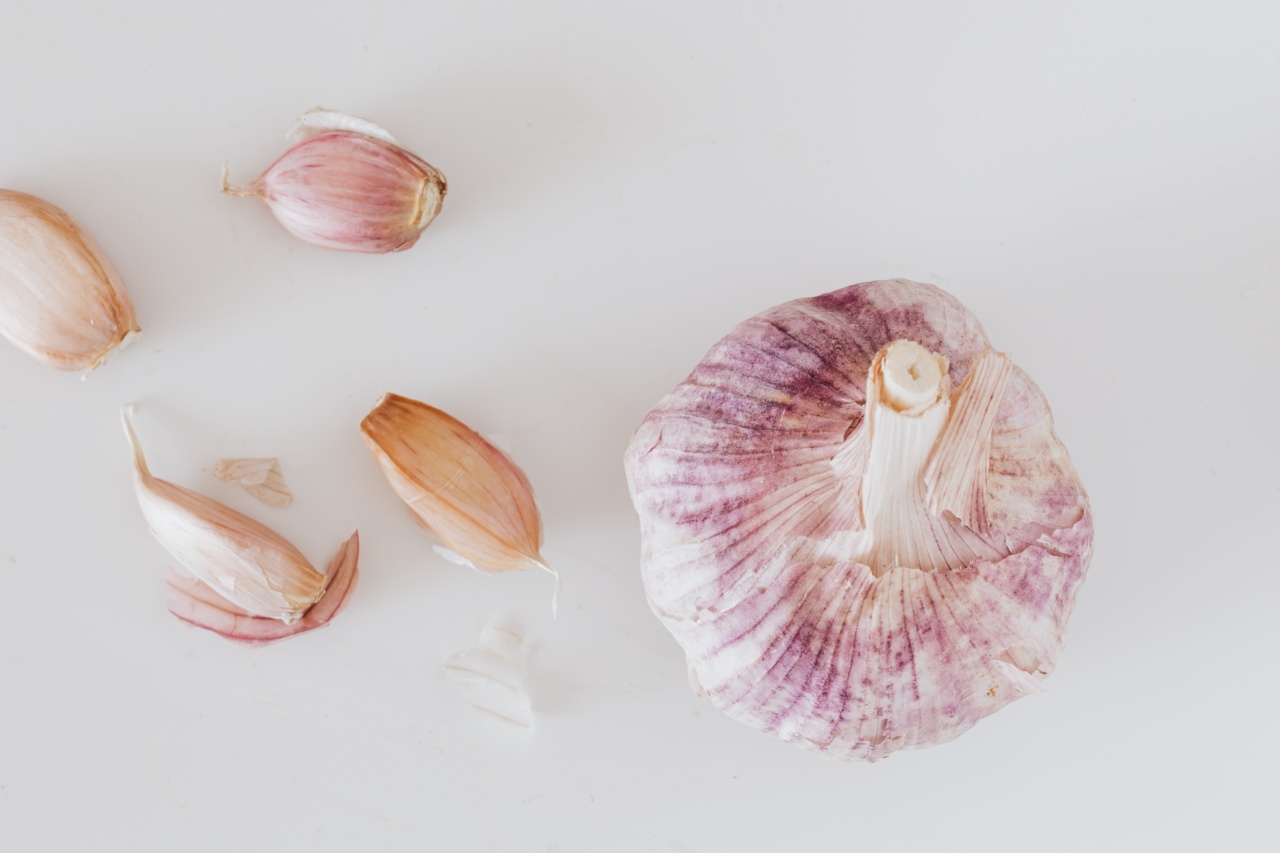When it comes to maintaining good eye health, a balanced diet plays a crucial role. Consuming nutrients that are beneficial for your eyes can help reduce the risk of age-related macular degeneration, cataracts, and other eye conditions.
While there are numerous foods that promote eye health, this article will focus on the big three: carrots, leafy greens, and fish.
1. Carrots
Carrots are widely known for their eye health benefits, and for a good reason. They are packed with beta-carotene, which is a precursor to vitamin A.
This nutrient is essential for good vision as it helps to protect the surface of the eye and maintain a healthy cornea. It also contributes to night vision by transforming light into electrical signals that reach the brain. Consuming carrots regularly can help prevent night blindness and other vision problems.
In addition to beta-carotene, carrots also contain lutein and zeaxanthin, two antioxidants that are known to play a vital role in maintaining healthy eyes.
These compounds help filter out harmful blue light and protect the retina from damage caused by oxidative stress. Including carrots in your diet can provide you with these essential nutrients and contribute to overall eye health.
2. Leafy Greens
Leafy greens, such as spinach, kale, and collard greens, are excellent sources of vitamins A and C, lutein, and zeaxanthin. Like carrots, they help reduce the risk of developing macular degeneration and cataracts.
These leafy vegetables are also rich in antioxidants and fiber, making them a valuable addition to any well-rounded diet.
The high vitamin C content in leafy greens promotes healthy blood vessels in the eyes, reducing the risk of developing cataracts. Vitamin C also supports the production of collagen, which provides structure to the cornea.
Additionally, the antioxidants lutein and zeaxanthin accumulate in the macula, the central part of the retina responsible for detailed vision. A diet rich in leafy greens can help protect the macula from damage caused by free radicals and oxidative stress.
3. Fish
Fatty fish, such as salmon, mackerel, and sardines, are excellent sources of omega-3 fatty acids. These healthy fats have been shown to provide numerous benefits for various aspects of health, including eye health.
The omega-3 fatty acids found in fish, namely EPA and DHA, have anti-inflammatory properties that can help reduce the risk of dry eyes, cataracts, and macular degeneration.
EPA helps to protect the eyes from chronic inflammation, which can lead to various eye conditions. DHA is a major structural component of the retina, and a deficiency in this nutrient can affect visual development and function.
Including fish in your diet at least twice a week can help ensure an adequate intake of omega-3 fatty acids and promote optimal eye health.
Incorporating Eye-Healthy Foods Into Your Diet
Now that you know the big three eye-healthy foods, it’s time to incorporate them into your daily diet. Here are a few easy and delicious ways to do just that:.
1. Carrot and Hummus Snack
Enjoy carrot sticks dipped in hummus as a mid-day snack. The combination of beta-carotene from the carrots and protein from the hummus makes for a satisfying and eye-healthy treat.
2. Spinach Salad with Salmon
Toss fresh spinach leaves with cherry tomatoes, cucumbers, and grilled salmon. This colorful salad provides a mix of nutrients, including vitamins A and C, lutein, zeaxanthin, and omega-3 fatty acids.
3. Sautéed Greens with Garlic
Prepare a simple side dish by sautéing leafy greens like kale or collard greens with garlic and olive oil. The garlic adds flavor while the greens provide a powerhouse of eye-protecting nutrients.
4. Grilled Fish Tacos
Make a healthy and delicious meal by grilling fish, such as tilapia or cod, and serving it in whole wheat tortillas with fresh vegetables and a squeeze of lime.
This recipe combines the benefits of omega-3 fatty acids with the eye-friendly properties of leafy greens and colorful veggies.
By incorporating these eye-healthy foods into your regular meals and snacks, you can give your eyes the nutrients they need to stay healthy.
Remember that maintaining good eye health is not just about what you eat but also about leading a healthy lifestyle, getting regular eye check-ups, and protecting your eyes from potential harm.
Start including carrots, leafy greens, and fish in your diet today, and keep your eyes in top condition for years to come.






























